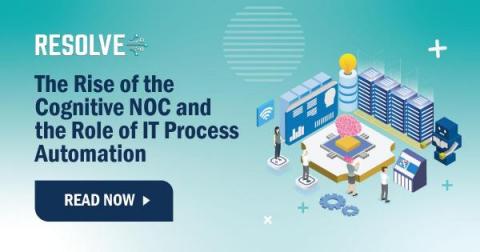The Top 5 Use Cases for IT Automation in the Telco Industry to Be Future-Ready Today
Navigating the fast-paced, highly competitive telecommunications industry calls for a proactive approach to stay ahead of the curve. As customer expectations soar and technological advancements continue to shape the sector, telcos must embrace IT automation to remain relevant. Delving into 5 top use cases for IT automation in the telco industry, let’s uncover the key drivers that empower businesses to thrive in today's market and be well-prepared for the demands of the future.






